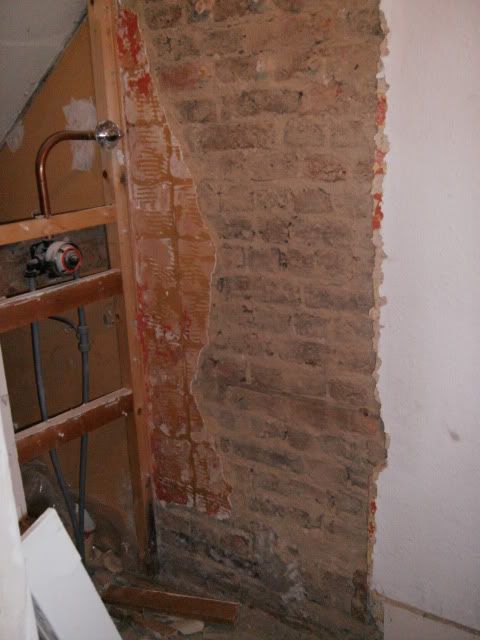Hello everyone. would anyone be able to give me an idea what i should do to fix this wall. Its like a horse hair type stuff, and the rest of the wall will come away too when i get the pipes from the shower cut off. i want to build a shelving unit all the way round.
so i need to know what to do from the brickwork to finish

thanks in advance if anyone has any advice to offer
so i need to know what to do from the brickwork to finish

thanks in advance if anyone has any advice to offer

